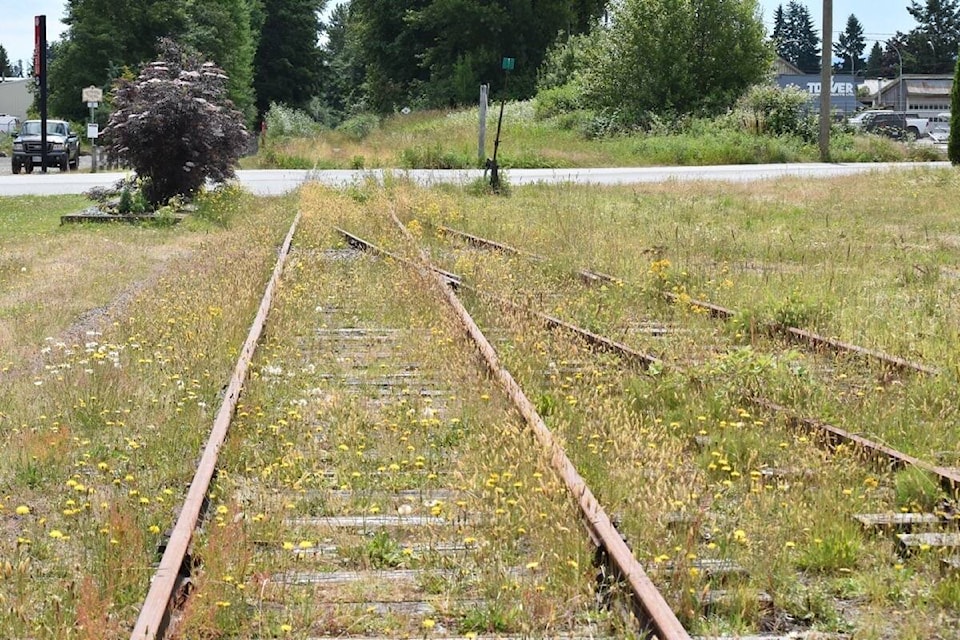Proponents of converting unused E&N rail line into an active transportation trail are asking the Regional District of Nanaimo to lend a hand to its efforts.
Use of the 289-kilometre rail bed, spanning from Victoria to Courtenay, with a section to Port Alberni, has been discussed over the years, with some seeking track revitalization and others, like the volunteer group Friends of Rails to Trail Vancouver Island, preferring conversion of the tracks to a multi-use recreational trail.
With a federal government grant, the group commissioned MJL Engineering Ltd. for a study this past spring on the viability of converting the E&N line to trail. At an RDN board meeting Nov. 14, Wilfrid Worland told directors that building a trail has an estimated $173-million price tag, approximately $600,000 per kilometre, based on the study, but would be a financial boon.
The figures offer “the first tangible basis for evaluating the viability of the trail,” he said.
“That investment will create $390 million in mostly local economic benefit from construction and related activities,” said Worland. “There will be upwards of one million visits per year on the trail, once it’s complete, which will generate recurring benefits of [$95 million] per year to the Island economy, as well as contributing appreciable direct and indirect community health benefits.”
After a legal battle, Snaw-Naw-As First Nation had railway land returned to the First Nation earlier this year, and other First Nations may be able to make similar claims. But Worland said that could be a favourable development.
“While this might be considered a threat to our hopes for a trail, we see reversionary losses as a collateral benefit, creating an opportunity for dialogue and the corridor changes necessary in Canada’s all-important reconciliation effort,” said Worland. “Nevertheless, we also have good reason to believe that this … work can be addressed without jeopardizing trail continuity.”
He cited a situation with Songhees Nation in the Capital Regional District, where the trail has been re-routed.
Worland asked the RDN, together with the federal government, affected First Nations and other stakeholders, to conduct a detailed cost-benefit analysis examining “reversion, remediation and necessary infrastructure improvements.”
“In order to remove, what has previously been a significant barrier to such consideration, we ask that you, the RDN, support and encourage other [Island Corridor Foundation] members to open the ICF constitution to include use of the rail bed for a trail,” said Worland.
When asked whether an economic boost coming from goods being transported by rail, and subsequently shipped out, would be greater than one from trail tourism, Worland said the group doesn’t take issue with rail.
“We think the issues of rail should be taken up by the proponents of rail and their case should be made,” he responded. “We’re asking that, now that we have an opportunity for the first time, to actually study an alternative. We’re not even saying the choice that has to be made. We just want the information on the table.”
No motions related to the presentation were brought to the table at the meeting.
RELATED: Overlooking rail for transportation irresponsible, says letter
